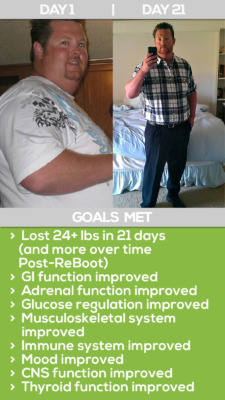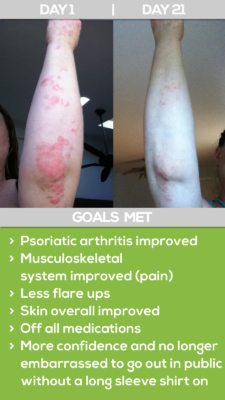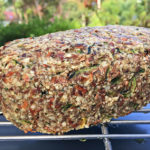By Brad Jacobson
‘Poultry litter’ is exactly what it sounds like: the filthy stuff scraped off the floor of a chicken coop. Feeding it to cattle (yes, that happens) risks the spread of mad cow disease—yet the FDA has done nothing to stop it.
Anyone who pays even scant attention to where our food comes from is likely aware that some pretty unsavory things happen between the farm and your fork (see this month’s big story in Rolling Stone, for example). But some of these farming methods are more than just unappetizing: they could be deadly. One practice in particular could allow for the spread of bovine spongiform encephalopathy, or BSE, the gruesome and fatal neurodegenerative disorder more commonly known as mad cow disease.
The practice in question is feeding what’s known as “poultry litter” to farmed cattle. Poultry litter is the agriculture industry’s term for the detritus that gets scooped off the floors of chicken cages and broiler houses. It’s mainly a combination of feces, feathers, and uneaten chicken feed, but in addition, a typical sample of poultry litter might also contain antibiotics, heavy metals, disease-causing bacteria, and even bits of dead rodents, according to Consumers Union (the policy and action arm of the nonprofit that publishes Consumer Reports).






















So (not) epic! This is why I keep it local and farmers market as much as possible
You got it dialed in Greyson. When you know your farmer, you know your food… and what is going into your body for optimal health and performance.